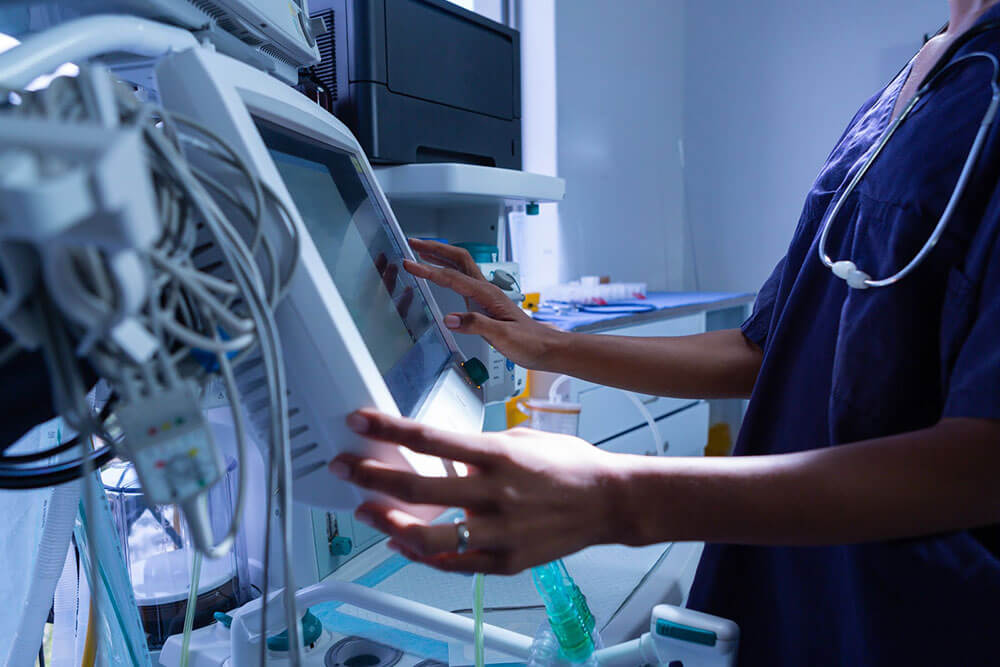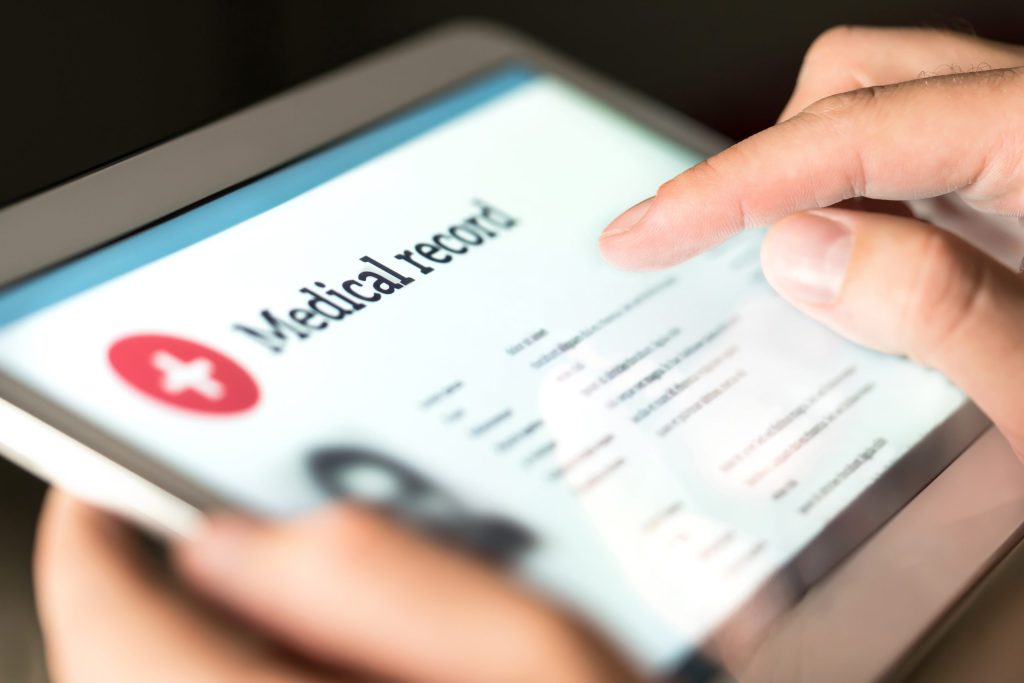Maintaining Strong IT Security Using Medical Devices

Connected medical devices have been around, in various capacities, for the last several decades. However, the current advancements in technology, coupled with Internet of Things (IoT) innovation, has officially and effectively redefined the impact and reliance on these devices throughout the healthcare industry. Seen as an emerging technology and enabler of healthcare, IoT devices have […]
Medical Device Security: Assess Your Readiness

Connected medical devices have experienced a significant growth surge over the last several years. Recent statistics indicate that a single hospital room may hold as many as 15-20 devices at any given moment, proving their value as an integral part of the patient care experience. The latest generation of medical devices, such as blood pressure […]
Cybersecurity Alert: 3 Medical Devices Putting You at Risk

Medical devices are some of the most vital tools for healthcare organizations of every size and scope, impacting the performance (and public perception) of a facility. Practices throughout the country utilize an increasingly wide range of medical equipment to improve care levels as well as stand out as a market leader amongst other providers. From […]
Health IT: Stay Connected and Avoid Security Risks

Every year, various advancements in technology make their way into the healthcare industry. From the Internet of Things [IoT] to telemedicine, all of these innovations are changing the way medical institutions deliver care across the world. While many significant benefits come from these modern healthcare innovations, staying connected at all times exponentially increases the threat […]
Is Your Organization in Danger of a Security Breach?

Network security and cyber attacks continue to plague healthcare organizations of every size and scope across the US. A recently report, released by the Office for Civil Rights (OCR), showed that over 15 million patient records were compromised in 2018 – a number that’s only expected to grow with the surge of connected medical devices, […]
Safeguarding Sensitive Information in Your Network

All healthcare organizations capture and store sensitive data sets within their IT networks that require extensive protection from unauthorized access or a cyber attack. Unfortunately, many organizations struggle with identifying and safeguarding this information simply because they don’t know what qualifies as sensitive data and where such data is located and stored on their network. […]
Connected Medical Device Cybersecurity: A New Frontier

Medical devices play a vital role in every health organization’s overall performance as well as the quality of care they can provide to patients. Today’s state-of-the-art devices deliver a wide range of benefits, including the opportunity for continuous monitoring, telemedicine, and data analytics. Despite the many advantages offered through these digital tools, there are definitely […]
5 Things Your Company Should Do After a Data Breach

Healthcare data breaches have been on the rise in recent years. Medical data is always a big target for cybercriminals as it is much more valuable than personal information alone. Many of these data breaches are considered an outside cyber attack – a lapse in cybersecurity due to a hacker infiltrating the networks of a […]
Who (And What) Should Have Access to Your Network?

Preventing a data breach or network security lapse is a top priority for healthcare organizations worldwide. The very nature of the devices and data transmitted across every internal system, coupled with a typically (and often, alarmingly) low number of cybersecurity resources makes healthcare environments exceptionally vulnerable to a cyber attack. A recent HIMSS survey of […]
A Security Checklist for Healthcare Organizations

Cyber attacks and data breaches are on the rise in virtually every industry that utilizes and stores sensitive information to power its operations. However, the healthcare vertical is often particularly vulnerable to a network security lapse, often finding their data loss prevention efforts powerless against the increasingly sophisticated and complex cybercriminal terrain. Additionally, many healthcare […]